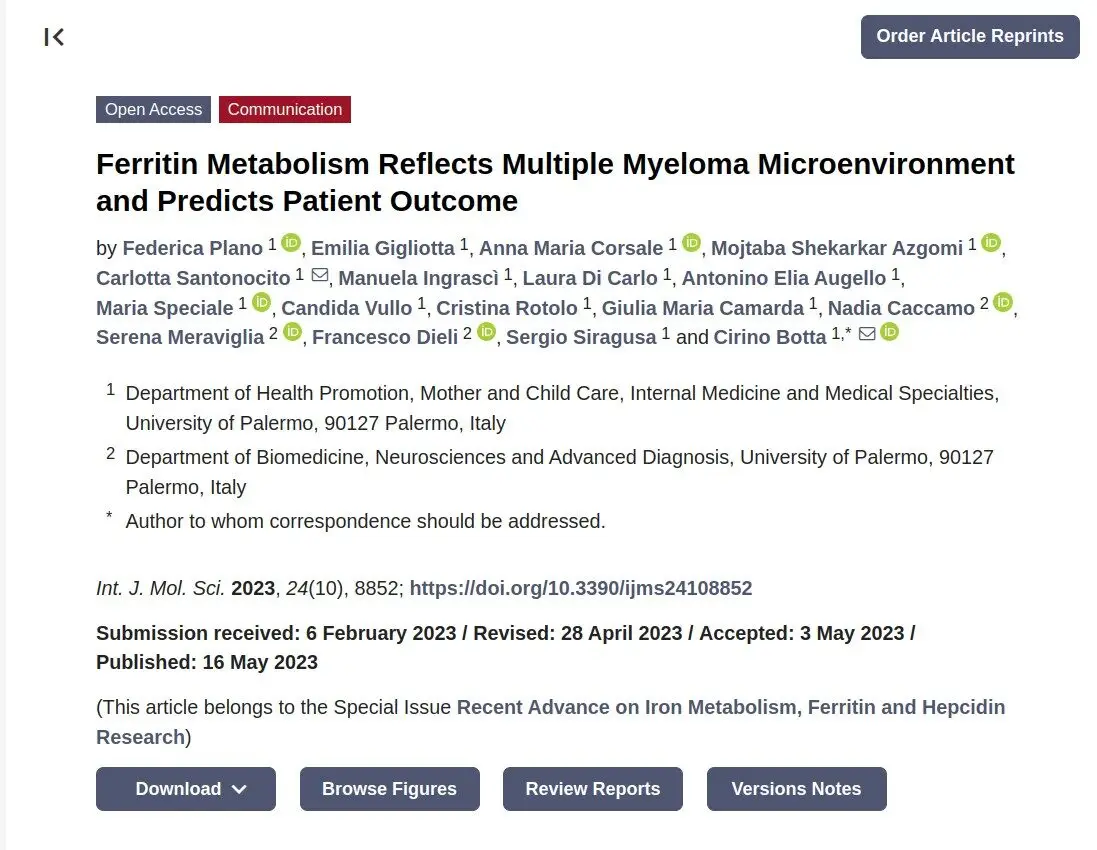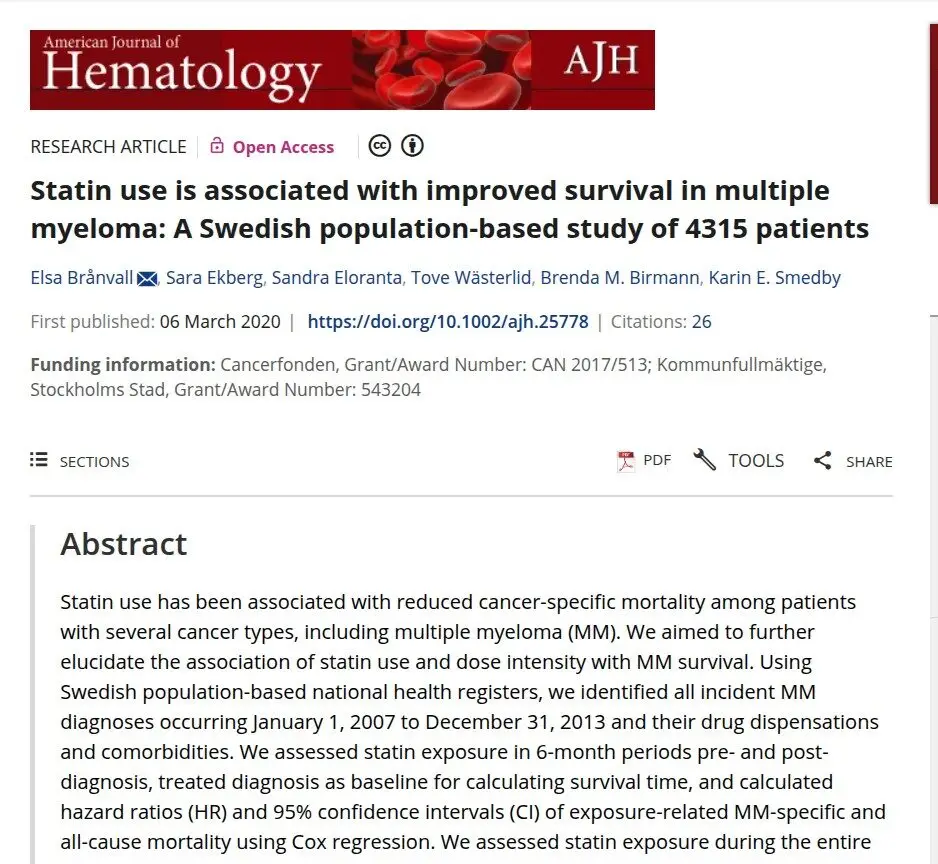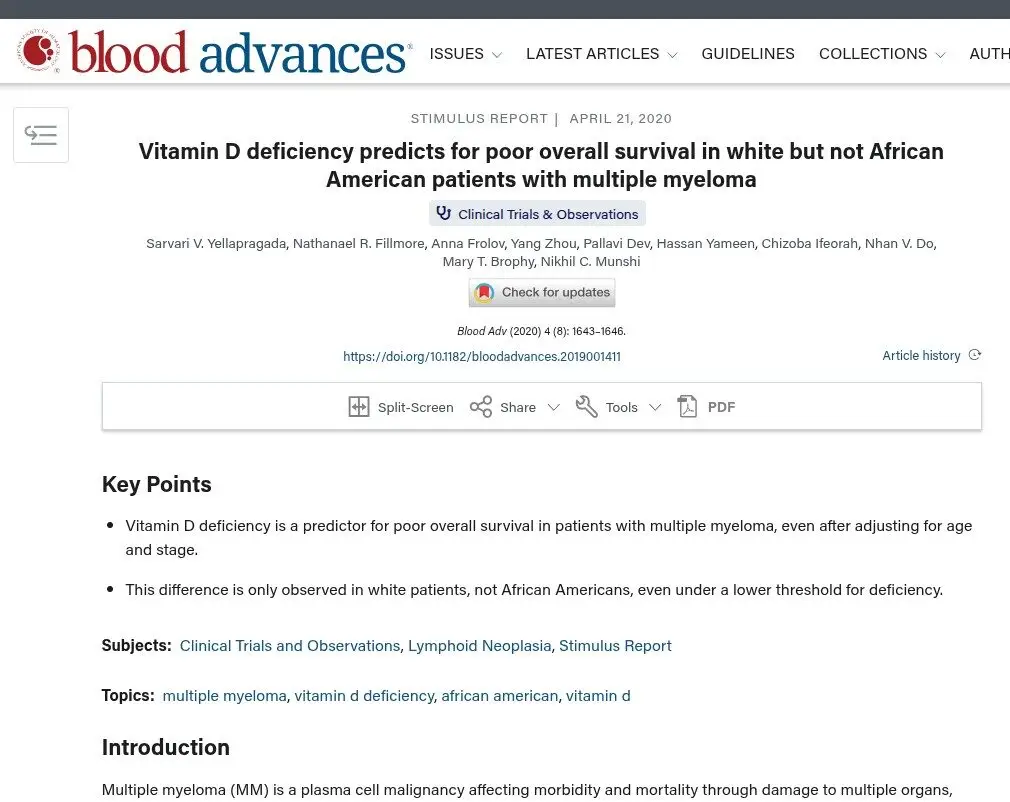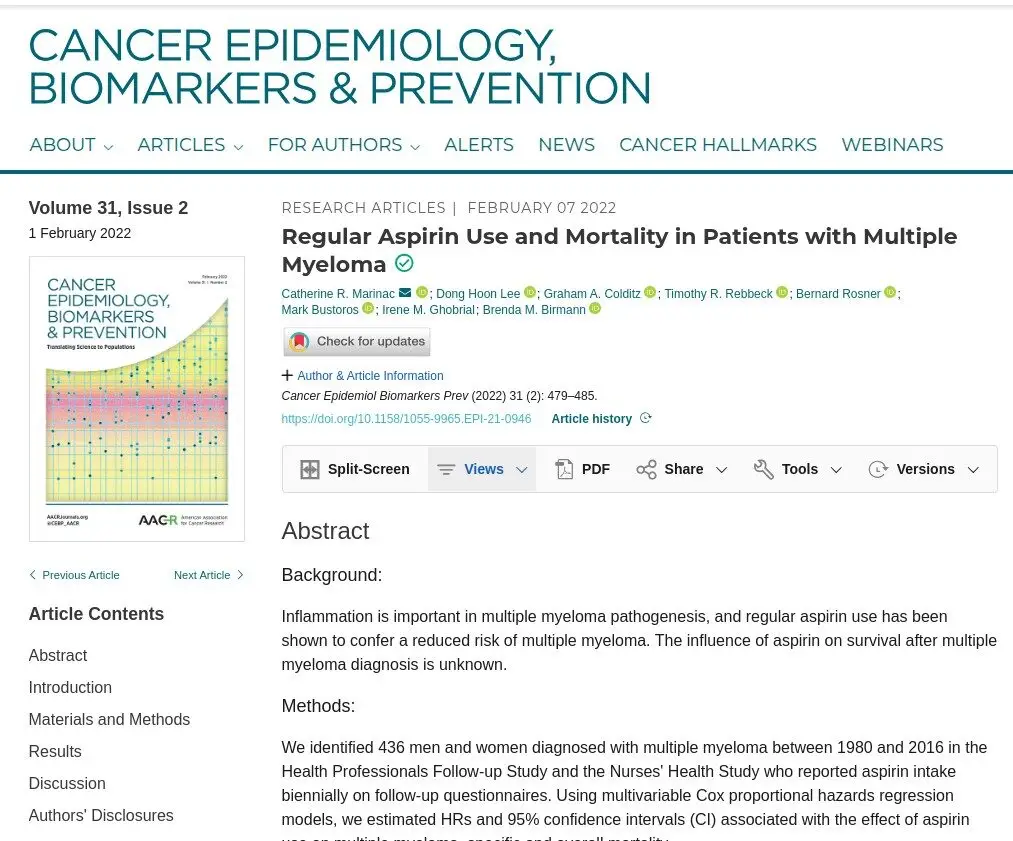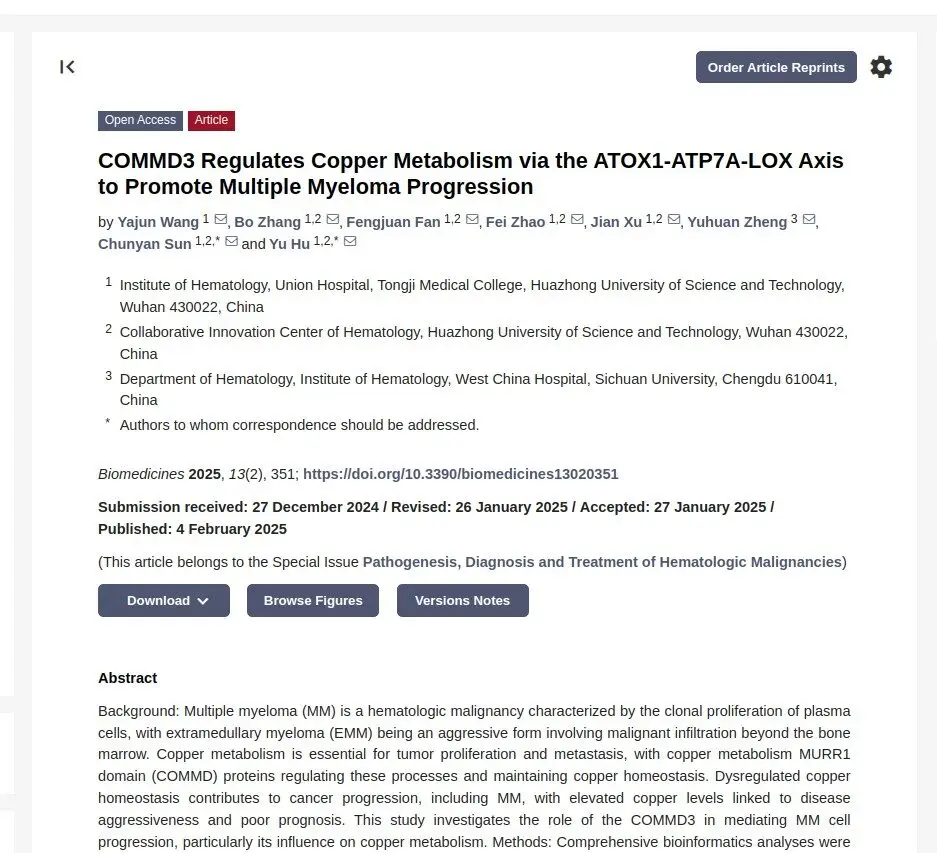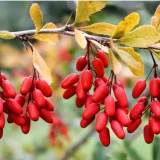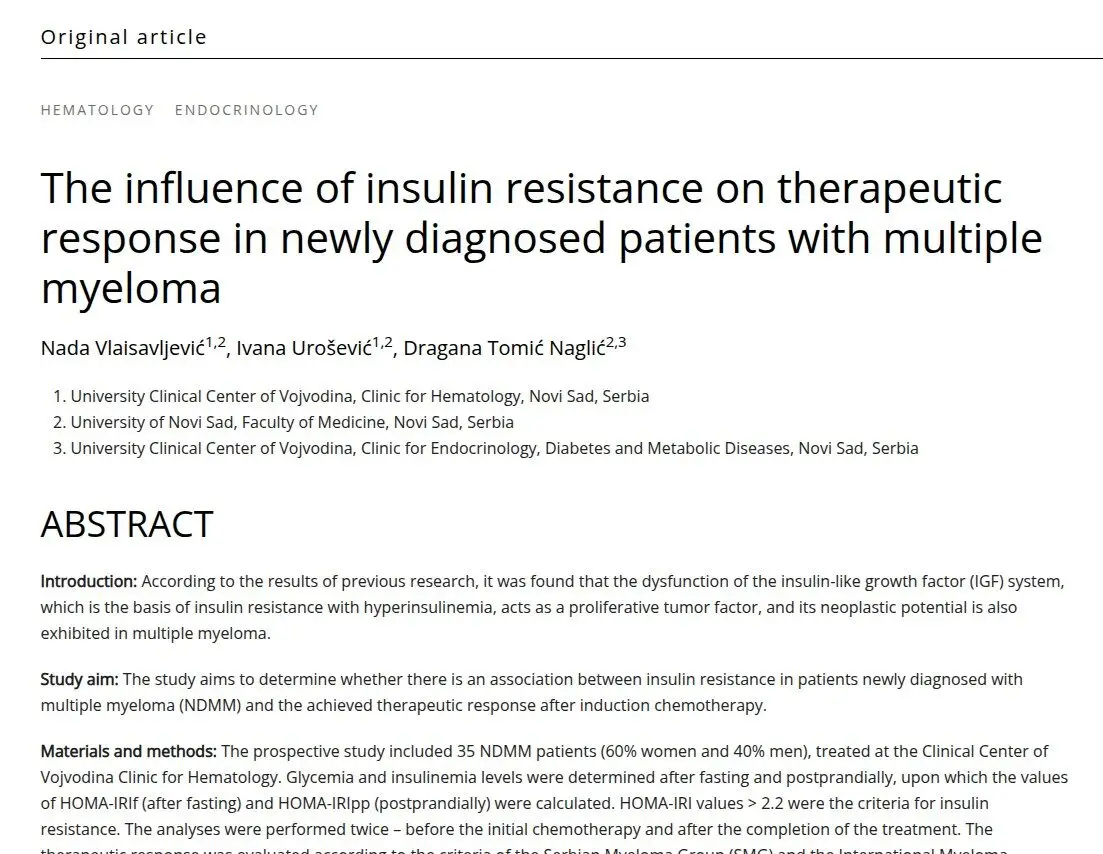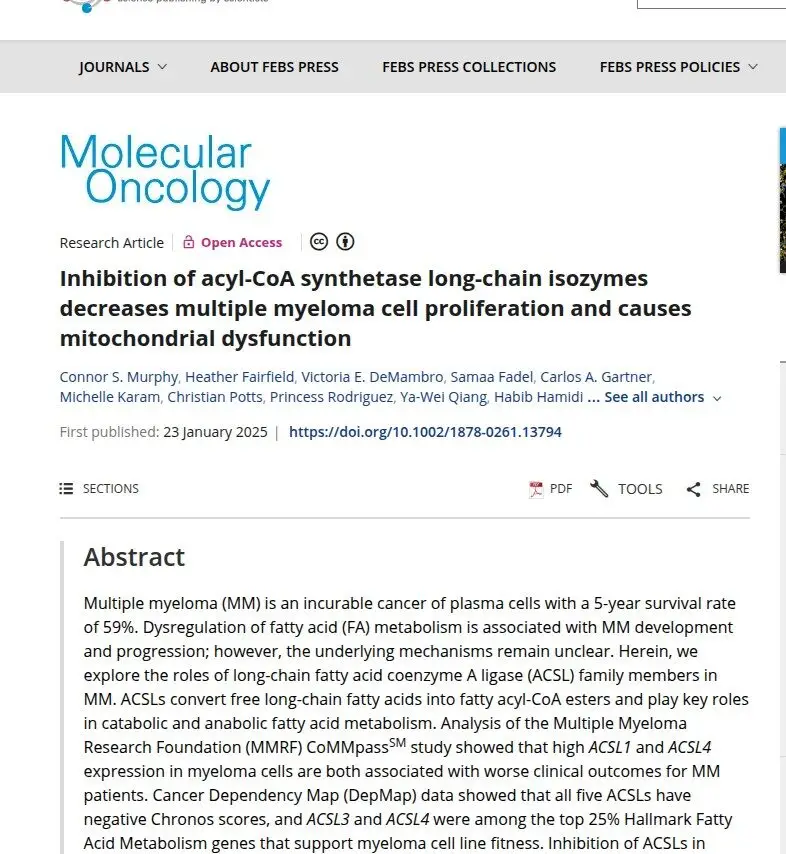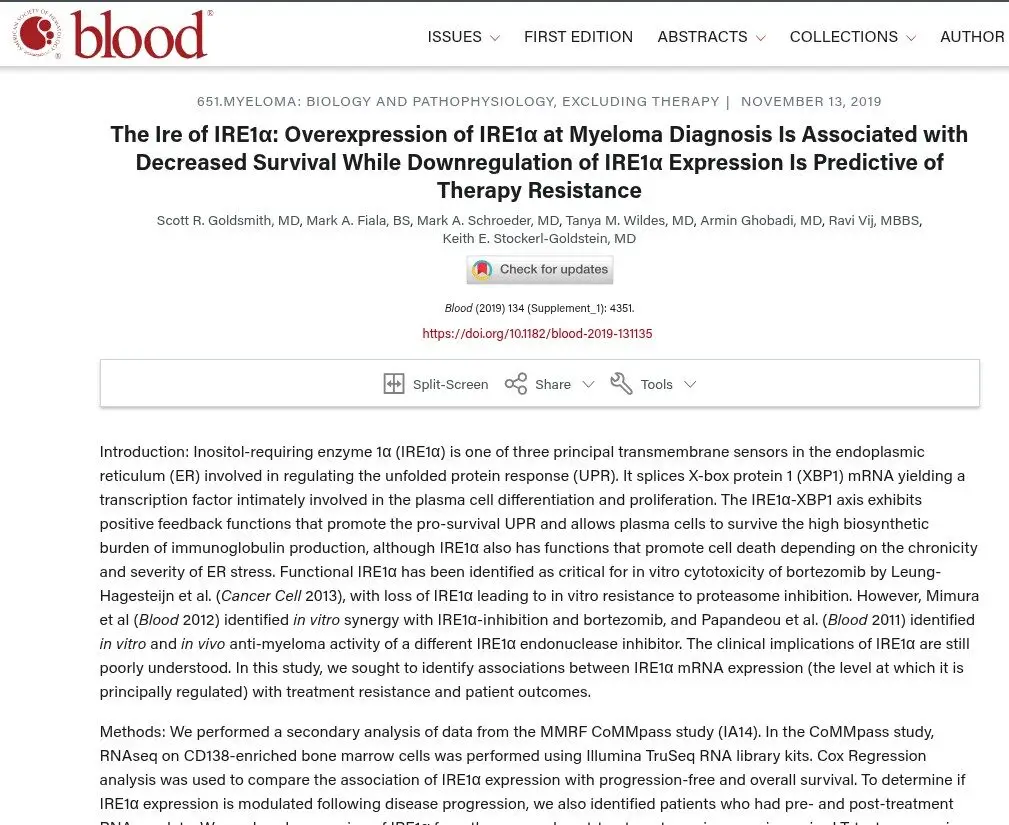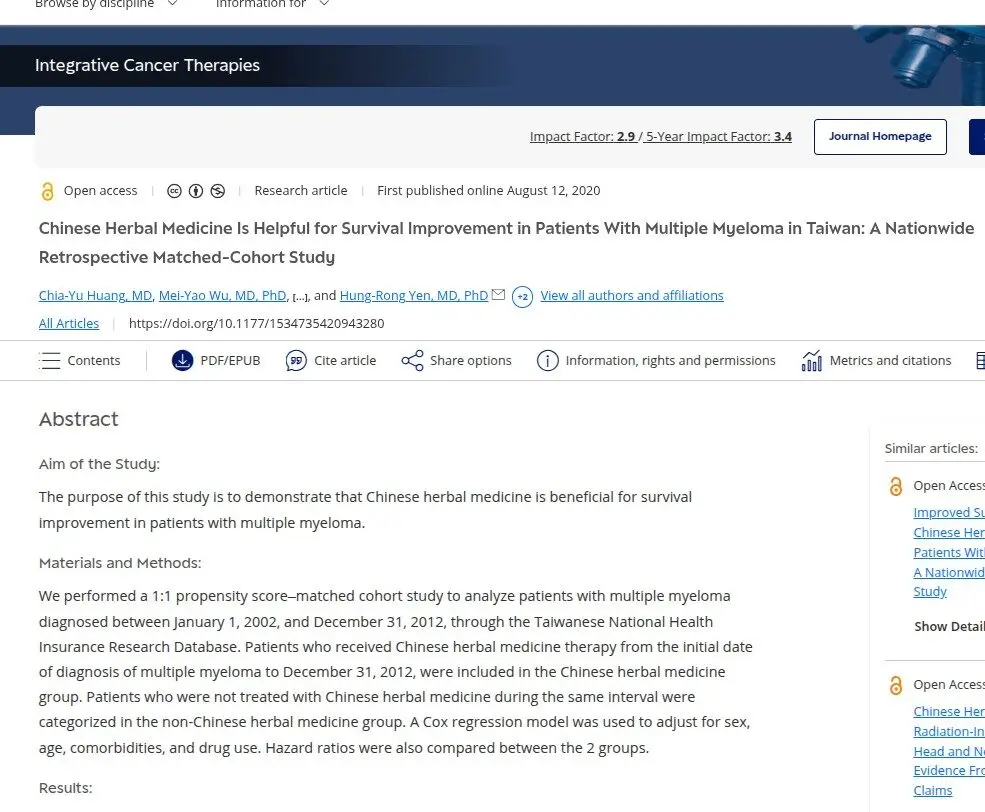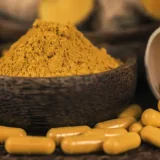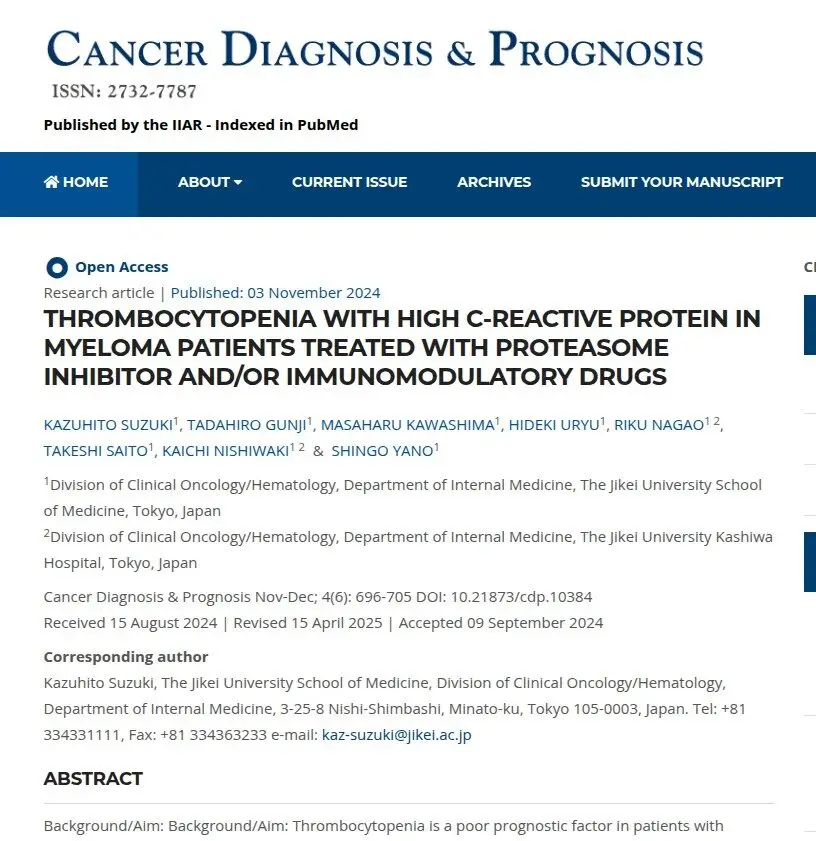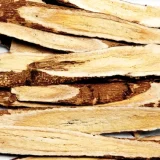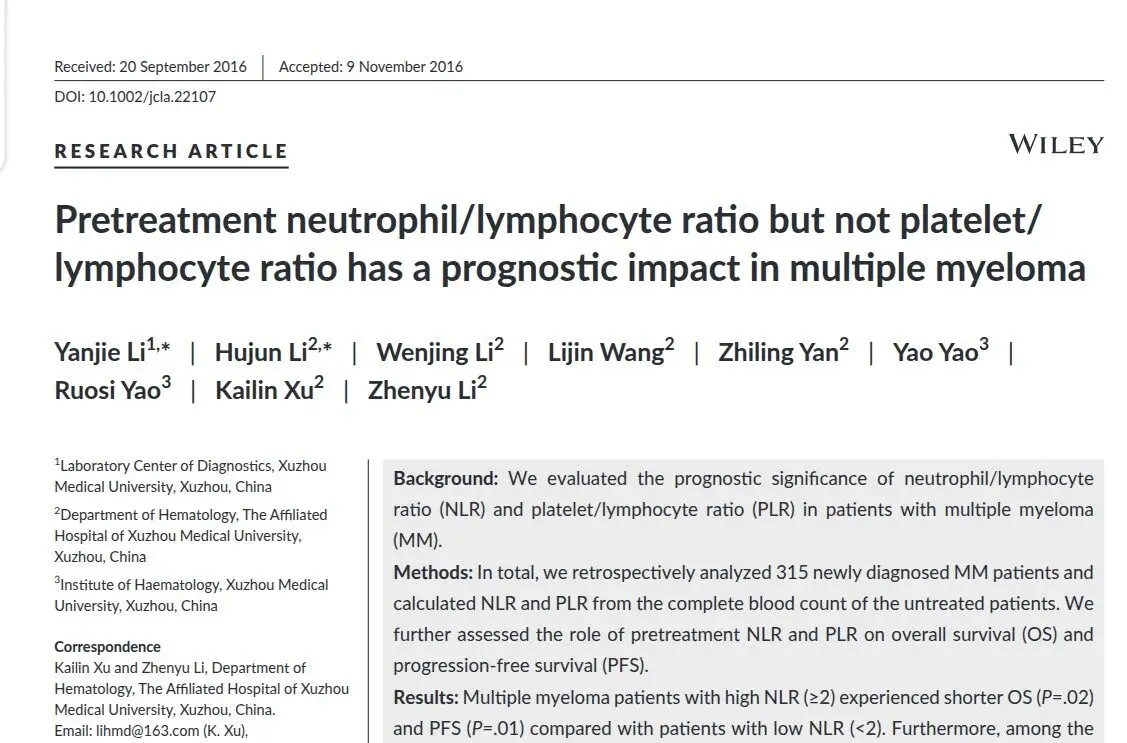Multiple supplements and dietary compounds are linked to better outcomes, often from studies of myeloma case data. Frequently, the underlying mechanisms involve protecting and improving immune system behavior, balancing crucial micronutrients including iron as well as dampening systemic inflammatory responses that tend to fuel cancer activity and increase its resistance.
A diverse healthy gut microbiota is reported to improve treatment results, and in myeloma it plays a crucial role in stem cell therapy impact. Even certain bacteria strains are tied to response rates and impacts, some of which might be supplemented and certainly indicate a functional food regime. This is becoming a common finding in cancer research and akkermansia is an example of such a key bacteria.
Also commonly reported at diagnosis of myeloma are low levels of vitamin D3. A key for immune and vascular system health, this deficiency is common and depletion increases with advancing cancer activity and resulting inflammation. Studies show relatively higher levels are needed for better treatment outcomes.
Another important factor in stabilizing and resisting myeloma is iron and copper balance. Lactoferrin can help bring up iron levels but also potentially counter myeloma related dysfuntional activity related to enzyme-like proteins, ferritin, that can be utilized for progression. Likewise unusually high copper utilization by cancer cells might be reduced by reaching lower natural levels. High copper and low zinc are frequently reported in cancer patients including myeloma. Here, use of citrus pectin especially with alginates (kelp) extract, which also brings other actions that may limit myelomas upregulated galectin-3 activity for glucose.
Both statins and low dose aspirin feature prominently in ongoing ctrials for various cancers. These each are shown in patient data to have some significant risk reducing actions in myeloma progression rates. Where a prescription statin is not available, red yeast rice is the source of lovastatin and is a widely available supplement.
Well proven highly available herbal extracts such as danshen have evidence in several cancers based on national patient records in Tiawan. For myeloma this research reports much slower progression rates in thoser who added danshen prescriptions to their oncology treatment. The exact reasons are not always mapped out, but overall evidence across cancers shows enhanced immune system activity and reduced side effects from oncology. A low immune inflammation level , the neutrophil-to-lymphocyte ratio is a risk factor during and after chemotherapy, especially in advanced stages and in patients over 65. Another well proven herbal supplement, astragalus, has clear evidence for helping re-balance the immune response (and reduce NLR). Meaning it is indirectly implicated to support both myeloma treatment impacts and its side effects.
With its metabolic health impacts, berberine has good evidence in reducing fasting blood glucose, insulin and even improving metabolism of fatty acids all of which are associated with increased myeloma activity. Similaraly, urolithin A , often derived from walnuts or pomegranate, also has evidence from anti-aging research to improve fatty acid metabolism and fundamental, mitchondrial, cellular health. Meanwhile quercetin a flavanoid from vegetables is able to act on specific mechanisms , clearly linked to myeloma progression as seen in patient records. Whilst the evidence so far is in lab only, its compelling enough to make all of these an interesting part of a functional food and supplement program.
The so called Th1/Th2 immune system balance is strongly linked to the progression in myeloma and to treatment resistance. Molecular iodine solutions are emerging in this area in breast cancer management, seen boosting Th1 anti tumor activity and helping suppress over active Th2 used in resistance. This has improved results in surgery plus chemotherapy and may support increased responses during immunotherapy (see Supplement Library). For immunotherapy the presence of high sodium levels is now identfied as a key marker for success in other cancers. Also in other cancers, AM treatment programs are substantially more effective that PM/evening sessions





